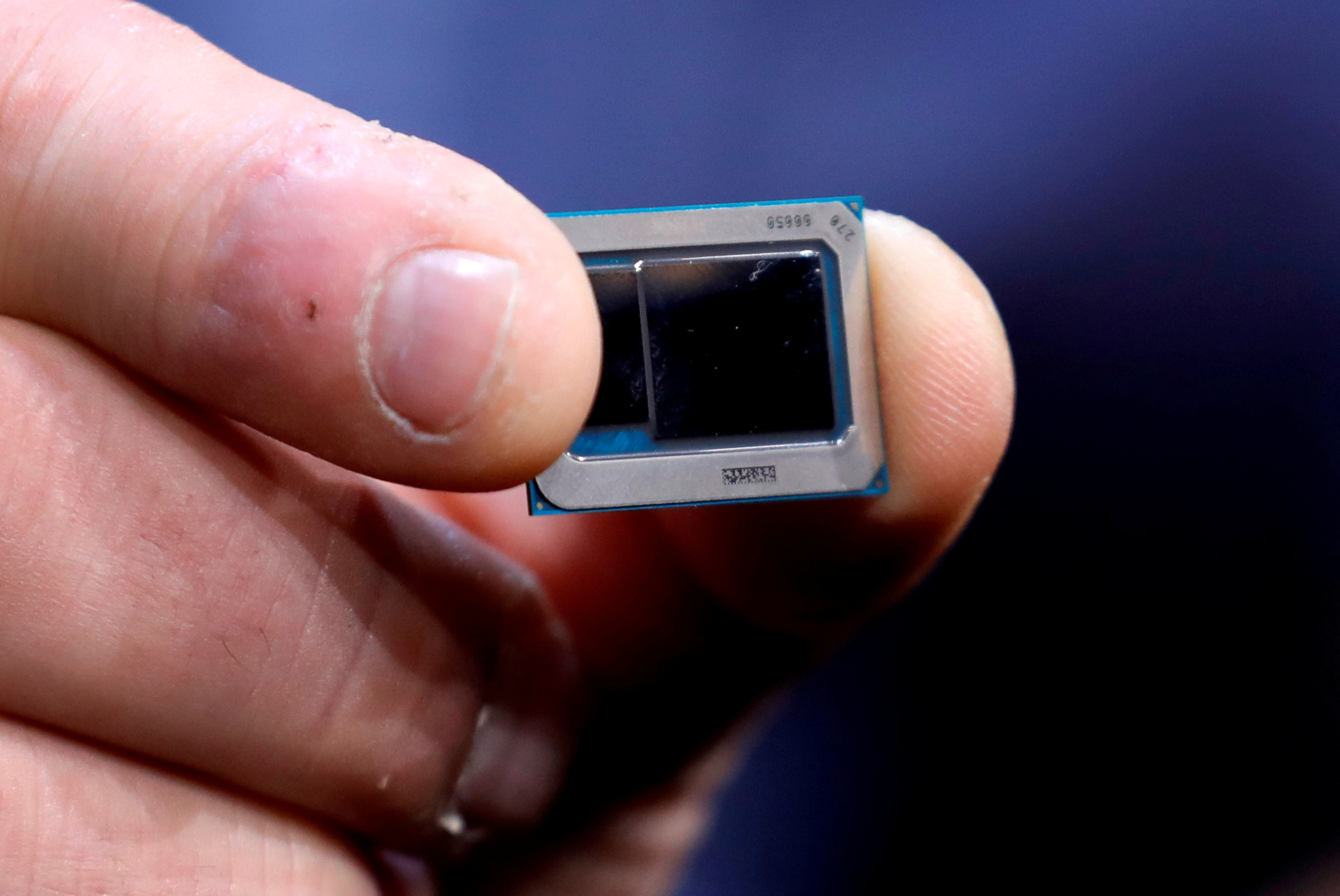

The Core i5 model runs faster and has more graphics execution units, but both have 7W TDP ratings. Both have one Sunny Cove and four Tremont cores without Hyper-Threading. Two Lakefield models have been announced so far, the Core i5-L16G7 and Core i3-L13G4. Similarly, the idea of mixing of two or more different core types is mainstream in the ARM-powered smartphone CPU space, commonly referred to as ‘big.Little', but not with PCs, but this is a first for an X86 processor.
Does intel power gadget problems full#
Lakefield has the CPU cores, graphics, cache, IO logic, and even RAM, making it a full System-on-Chip (SoC).

We've seen SSDs and RAM manufactured in layers, but Intel is mixing multiple different kinds of logic, not just layering the same thing. This in turn allows for smaller motherboards and therefore smaller devices overall.
Does intel power gadget problems Pc#
The main advantage of all this is density – the Lakefield CPUs measure just 12mm square and 1mm thick, which is compact by PC standards. This means that individual blocks of logic can be laid out one on top of another, rather than all side by side on a flat CPU die. On an engineering level, Lakefield marks the debut of Intel's 3D stacking technology, called Foveros.


Sunny Cove is the same design that underpins the current 10nm ‘Ice Lake' family, while Tremont is relatively new, but expected to show up in future Celeron and Pentium Silver CPUs. The two Lakefield models announced so far both have one mainstream "Core CPU" core built using the ‘Sunny Cove' architecture, and four efficiency "Atom CPU" cores that use the ‘Tremont' architecture. The most interesting thing about this new class of CPU are that it uses a combination of high-power and low-power cores, commonly recognised as Intel's Core and Atom product lines (although the Atom name isn't used for consumer CPUs anymore). Representation of the Lakefield chip's compute layer with heterogenous cores and other blocks of logic In short, on the inside, these are significantly different to the CPUs of today. Not only do these processors use a whole new kind of heterogenous multi-core structure for the first time, but they're also manufactured using a completely new 3D stacking technique. You'll see them labelled as Intel Core CPUs with “Intel Hybrid Technology”, but that doesn't tell the full story of what you're getting. The two chips launched so far will be part of the 10 th Gen Core lineup, not a separate series, joining Ice Lake and Comet Lake. It's against that backdrop that Lakefield has arrived with relatively little fanfare. Even Apple just recently announced a shift away from Intel chips in order to develop more versatile devices in the future. Meanwhile, competitor AMD has seen a massive resurgence in the desktop and server markets, and Qualcomm has begun offering chips for laptops. Intel had its roadmaps set back by many years, and had to fall back on iterative revisions to its 14nm products to fill the gap over the past several generations. Intel has struggled for several years now, first with a poorly executed plan to migrate from 14nm to 10nm manufacturing, and then with continual shortages of products in the market, leading to price spikes. Intel's new ‘Lakefield' processors mark a new chapter for the company, and could signal a huge shift in the way that future PCs are designed and developed.


 0 kommentar(er)
0 kommentar(er)
